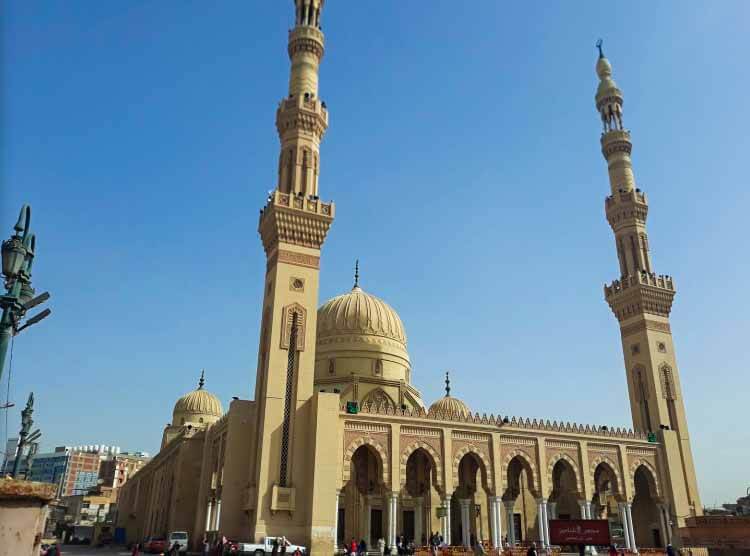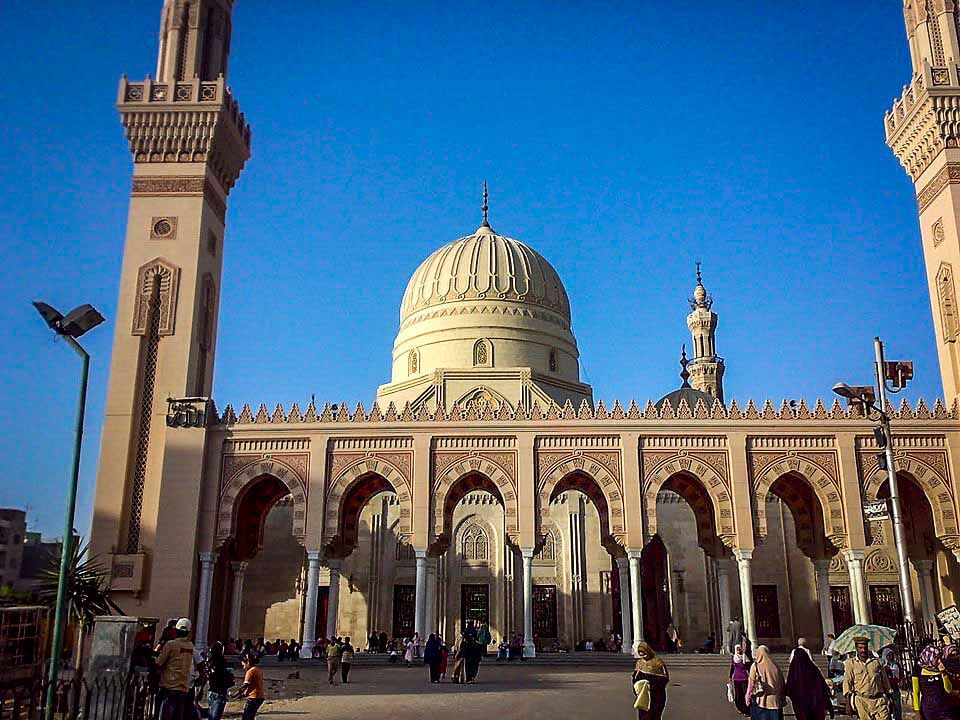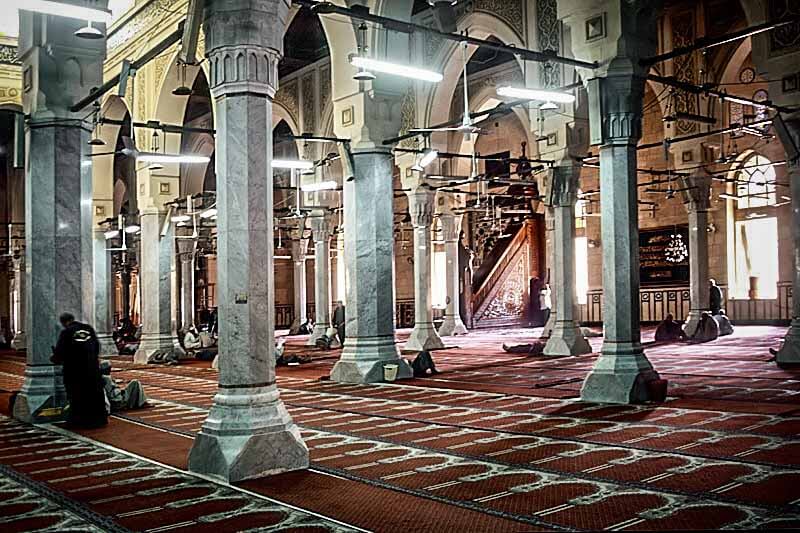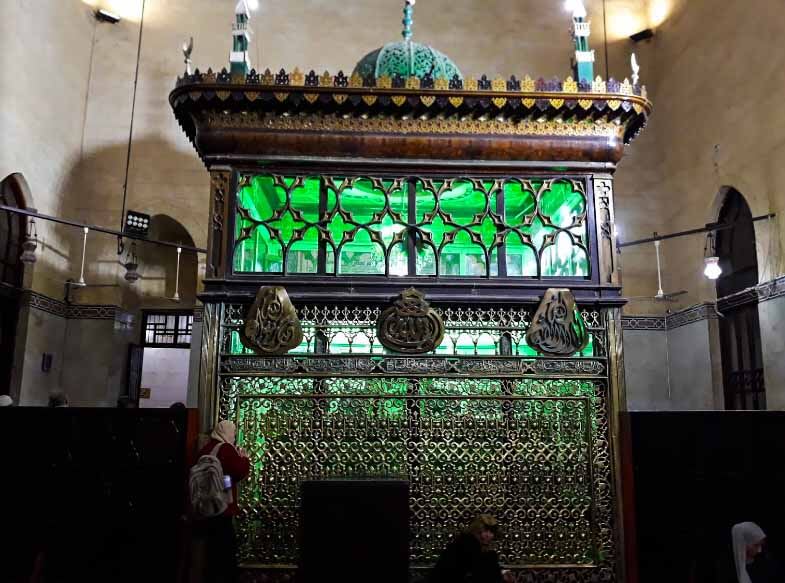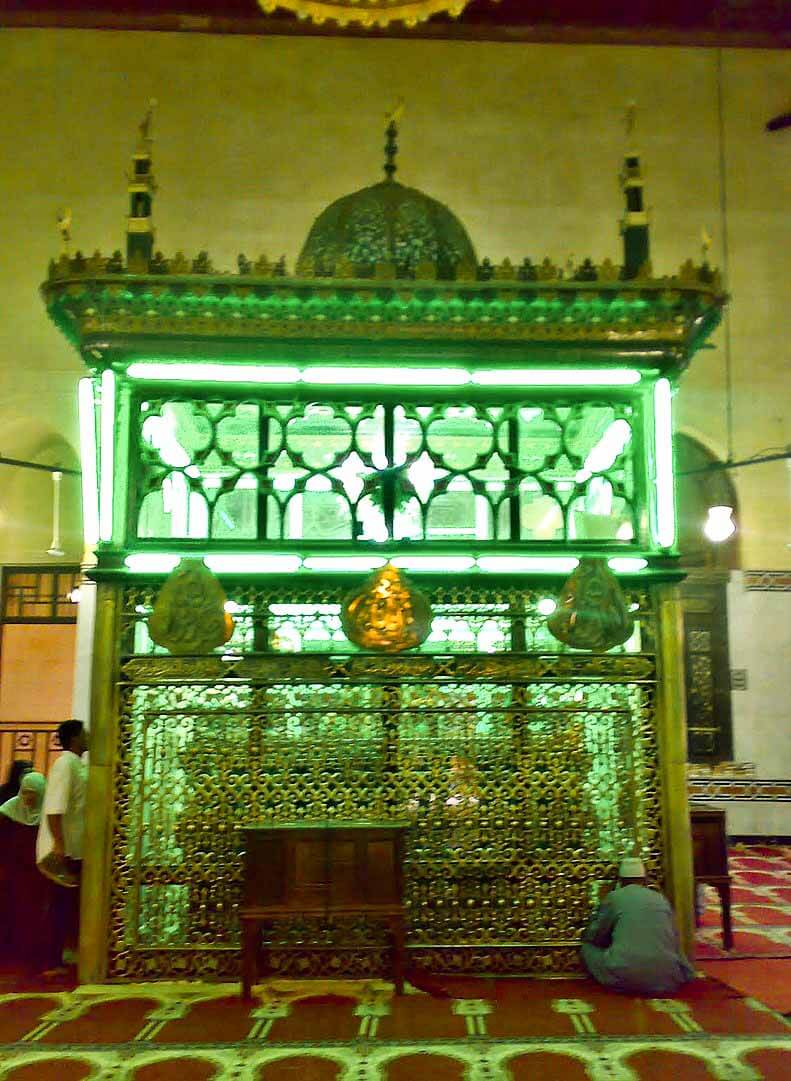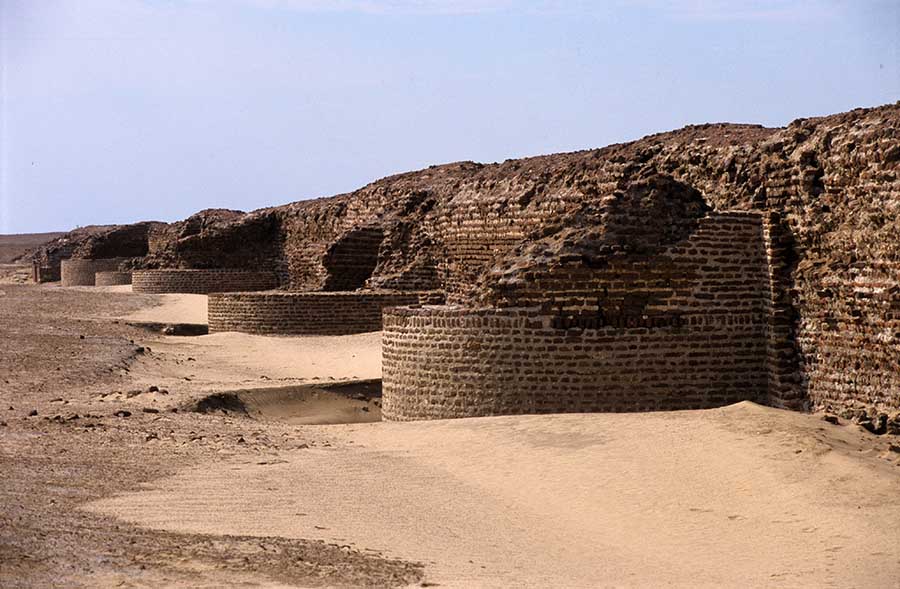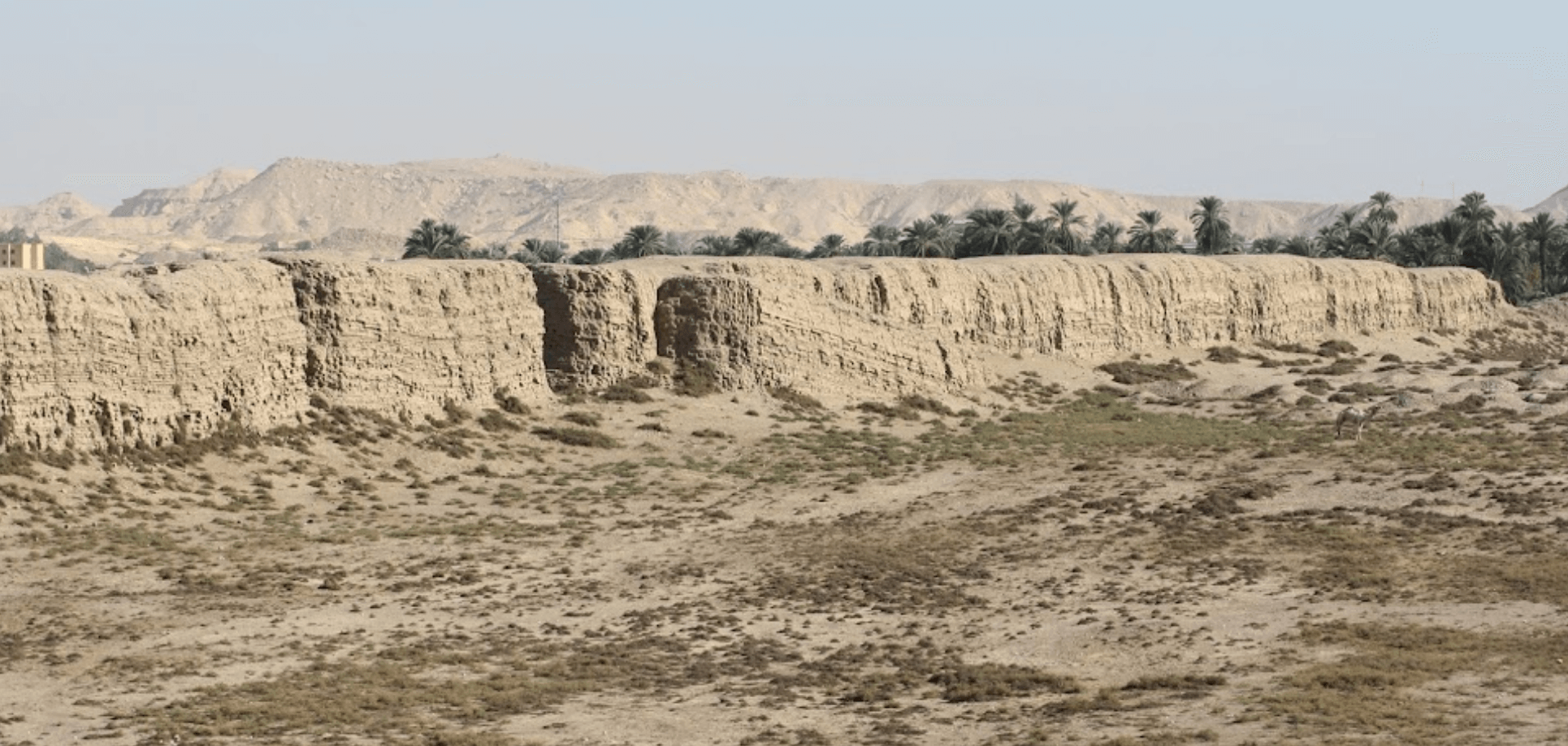Tanta, Gharbia – Egypt
Coordinates: 30.783715, 30.998811
Hz. Ahmad al-Badawi رحمة الله عليه was a 13th-century Moroccan Sunni Muslim mystic who became famous as the founder of the Badawiyyah order of Sufism.
Originally hailing from Fes, al-Badawi eventually settled for good in Tanta, Egypt in 1236, whence he developed a posthumous reputation as “Egypt’s greatest saint.”
As al-Badawi is perhaps “the most popular of Muslim saints in Egypt”, his tomb has remained a “major site of visitation” for Muslims in the region.
History
According to several medieval chronicles, Hz. Ahmad al-Badawi رحمة الله عليه hailed from an Arab tribe of Syrian origin.
A Sunni Muslim by persuasion, he entered the Rifa’iyya spiritual order (founded by the renowned Shafi’i mystic and jurist Ahmed al-Rifa’i) in his early life, being initiated into the order at the hands of a particular Iraqi teacher.
After a trip to Mecca sharif, Hz. Ahmad al-Badawi رحمة الله عليه is said to have travelled to Iraq, “where his sainthood [is believed to have] clearly manifested itself” through the miracles he is said to have performed.
Eventually, Hz. Ahmad al-Badawi رحمة الله عليه went to Tanta, Egypt, where settled for good in 1236.
According to the various traditional biographies of the saint’s life, he gathered forty disciples around him during this period, who are collectively said to have “dwelt on the city’s rooftop terraces,” whence his spiritual order were informally named the “roof men” (ashab al-sath) in the vernacular.
Hz. Ahmad al-Badawi رحمة الله عليه died in Tanta in 1276, being seventy-six years old.
Life
Hz. Ahmad al-Badawi رحمة الله عليه devoted his time to worship and to a meticulous study of the works of two spiritual leaders from Iraq: Hz. Ahmed al-Rifa’ee رحمة الله عليه and Hz. Abd al-Qadir al-Jilani رحمة الله عليه.
His interest in their works reached such heights that in 634 AH, he traveled alongside his brother Hasan to Iraq. They visited Baghdad, the city of al-Jilan, then Um Ubayda, the city of al-Rifa’ee, where it was said that he received his first openings of divine illuminations.
He was then instructed to travel to Egypt where he arrived in the year 637 AH in the city of Tandta (Tanta). The instruction he had received was to “go to Tandta for thy will settle there and raise up men and champions.” So he went to Tanta and stayed in the home of the Shaykh Rakeen al-Tajir for twelve years.
After his death, he moved to the chambers of Ibn Shaheet where he remained for the 26 years before his death.
Hz. Ahmad al-Badawi رحمة الله عليه used to pray in the Masjid of al-Boosa also known as Masjid al-Baheeya in the thirteenth century AH after the Shaykh Muhammad Ahmed al-Baheeya who was buried there.
He (may God be pleased with him) used to counsel his disciples to be tolerant, generous, gentle, patient, pious and willing to learn from others.
Shaykh al-Badawi رحمة الله عليه returned to his Lord (may God be pleased with him) in the year 675 AH.
Mosque
Ahmad Al-Badawi Mosque is the largest mosque in the northern city of Tanta, Egypt. It is a Sunni Sufi mosque and contains the tomb of Hz. Ahmad al-Badawi رحمة الله عليه.
The mosque was built by the student and successor of Hz. Ahmad al-Badawi رحمة الله عليه, Abdel-Al.
The mosque enjoyed a makeover in the era of former President Anwar Sadat, in 1975, and another makeover by the year 2005.


